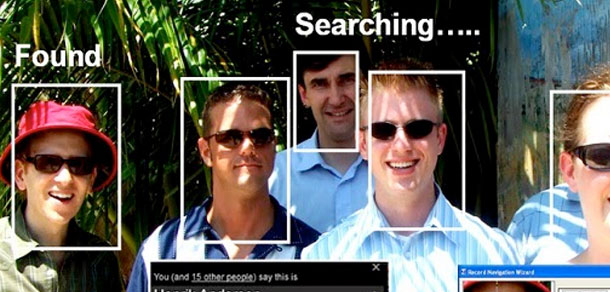GAO: Privacy regs needed for facial recognition
12 August, 2015
category: Biometrics, Digital ID, Government
Facial recognition technology is making headlines again as it’s being used by social networking sites to automatically tag individuals but the technology is also being used by churches to track attendees as well as some companies to enable access to computers and networks.
The National Telecommunications and Information Administration (NTIA), an agency with the U.S. Department of Commerce charged with advising the president on matter of telecommunications, has been holding stakeholder meetings to come up with guidelines on how facial recognition technology should be used be companies. This is the second time the federal government has looked at facial recognition since the Federal Trade Commission released best practices for use of the technology in 2012.
Privacy groups have walked away from the NTIA meeting citing that after 16-months of work “it was no longer an effective use of our resources to continue in a process where companies wouldn’t even agree to the most modest measures to protect privacy.”
The Government Accountability Office released a report looking at facial recognition technology in concert with the NTIA meetings. “Facial recognition technology can be used in numerous consumer and business applications, but the extent of its current use in commercial settings is not fully known,” the report states. “Facial recognition technology can have applications for customer service and marketing, but at present, use in the United States of the technology for such purposes appears to be largely for detecting characteristics (such as age or gender) to tailor digital advertising, rather than identifying unique individuals. Some security systems serving retailers, banks, and casinos incorporate facial recognition technology, but the extent of such use at present is not fully known.”
Privacy guidelines for these systems vary depending on the company. There are no federal regulations when it comes to use of facial recognition technology. There are also concerns that laws do not address privacy issues stakeholders have raised, such as the where the technology may be used to identify individuals or track their whereabouts and companions.
The GAO has concluded that gaps exist in the consumer privacy framework, and the privacy issues that have been raised by facial recognition technology serve as another example of the need to adapt federal privacy law to reflect new technologies.




